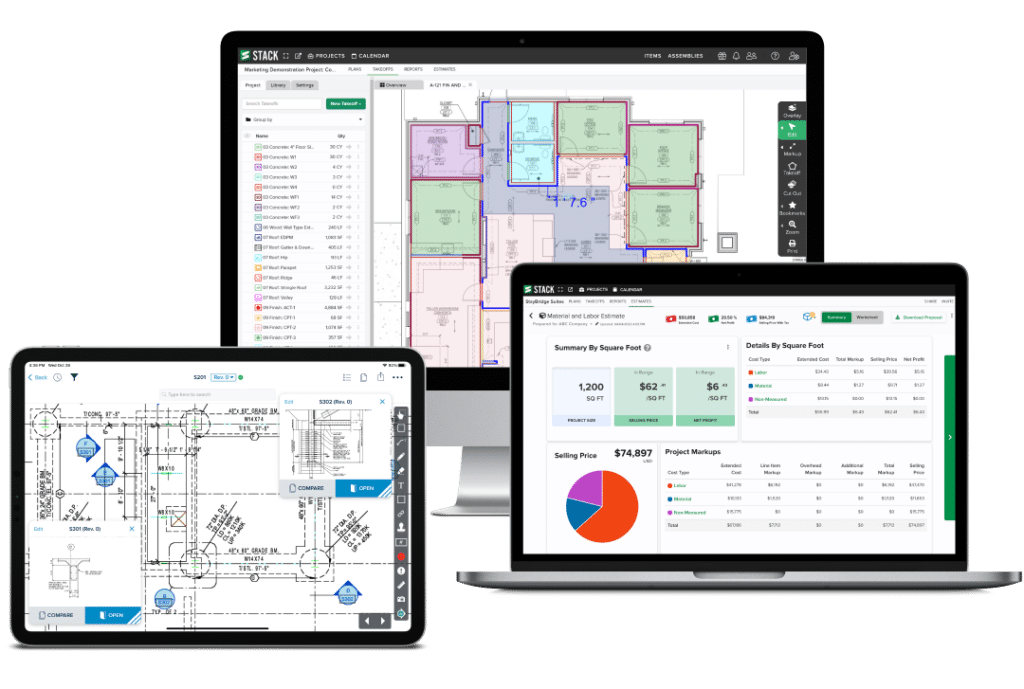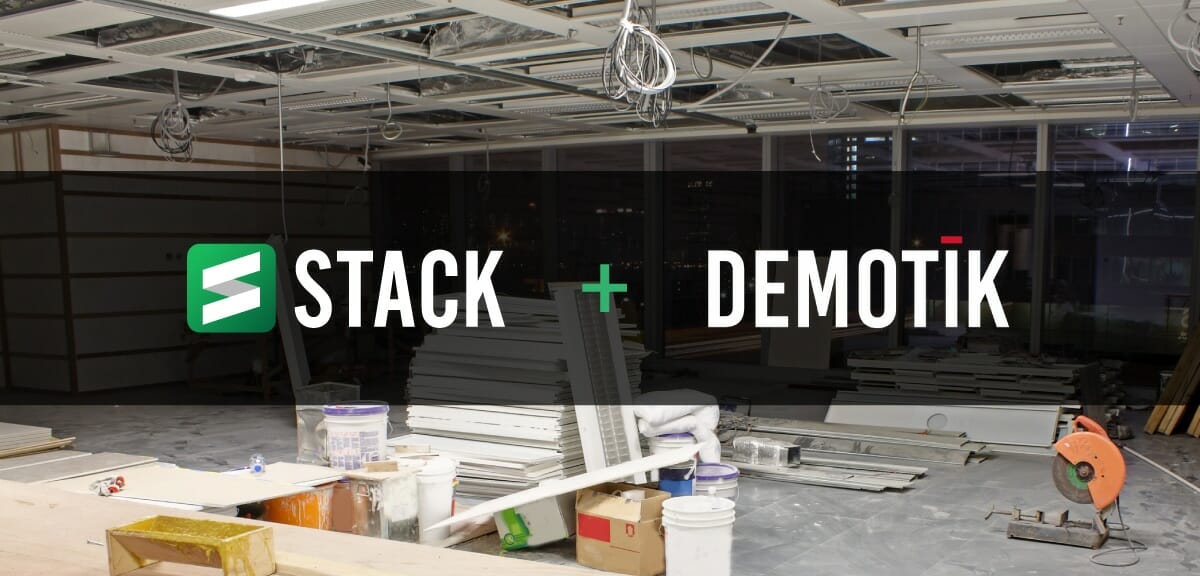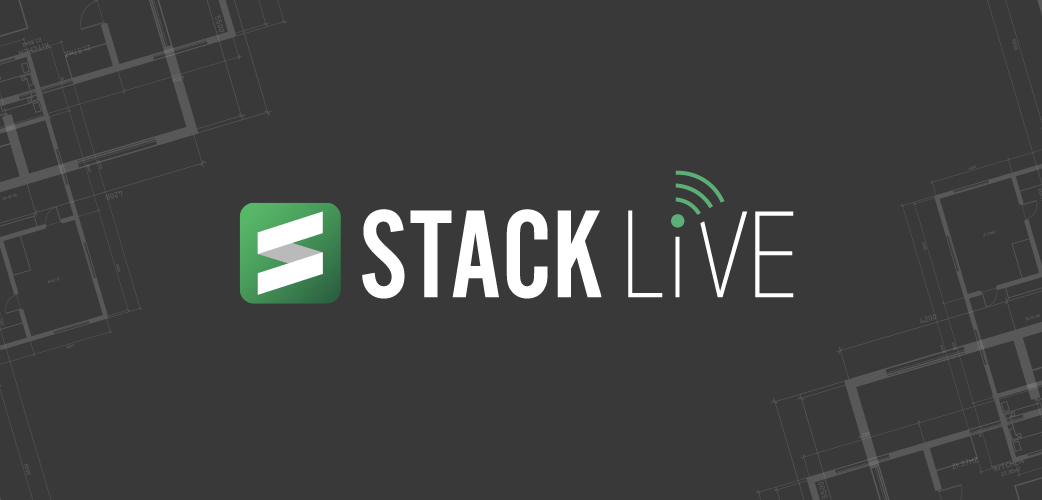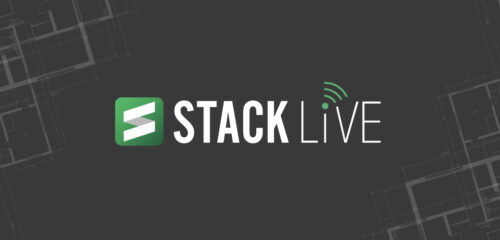
Commercial construction encompasses most private sector work, except construction performed on individual homes. Commercial contractors work on builds for restaurants, healthcare facilities, education campuses, sports and industrial complexes, retail structures, and more.
Because these types of projects are more complex and time-consuming, with higher budgets behind them, they tend to be more stable than many residential jobs. If you’re looking to break into a field involving larger projects and more consistent work, moving into commercial construction could be a smart move.
Is Your Business Ready for Commercial Work?
Making the transition to commercial is a big step and involves a commitment to process, deadlines, and budget in a way that residential construction doesn’t always require. To make that leap, there are a lot of factors to consider, such as:
– How will you find potential jobs?
– Can your cash flow sustain commercial material purchases?
– How will you decide which projects will be profitable?
– Do you know how to do a takeoff from digital blueprints?
– What types of tools will you need to invest in?
– How will you grow and scale your business?
We’ll cover all these topics so you can go into commercial work with your eyes open and be set up for success.
Finding Commercial Construction Projects
own invitations to bid for you, the subcontractor.
There are a wide variety of online plan rooms and invitation to bid (ITB) platforms, as well as construction publications. Some of the most popular include Dodge, PlanHub, and Construction Journal. Signing up for a few of these kinds of services can help you get your feet wet and learn what types of jobs are out there.
It’s important to note that, while word-of-mouth might not be as big a factor in commercial as you’re used to in residential, these larger projects are frequently still won due to relationships and networking. GCs’ preferred bid lists are coveted spots that can significantly increase your chances of being chosen for projects. Expand your network of industry connections by joining trade associations, attending events, asking for referrals, and being active in your local chamber of commerce.
Where Will the Money Come From?
As a construction business owner, you know that ample cash flow is key to keeping your business afloat. However, you typically won’t receive significant payment until the halfway point of a construction project. Due to this, it can be challenging to purchase materials, pay your employees, and pay for other project expenses.
In some cases, business owners consider bank loans and other traditional funding options to fund their construction projects. However, banks and traditional lenders typically have strict standards, long application processes, and small loan amounts. After completing long applications, many business owners get declined for funding, leaving them without necessary capital.
Luckily, there are other funding options available. Alternative lenders like Fora Financial provide flexible financing to construction business owners. Their funding program comes with distinct advantages, such as:
– No restrictions on how financing can be used
– Approval status isn’t solely based on credit score
– No collateral required
– Financing ranging from $5,000 to $750,000
Making Bid Decisions, Performing Takeoffs & Creating a Winning Bid Package
If you’re like a lot of contractors new to commercial construction, you might find yourself stressing over bidding every job you come across in the hopes of winning, spending your nights and weekends putting together estimates. While there’s plenty to be said for hard work, this particular type of overwork doesn’t have to happen. In fact, it could be counterproductive to building a successful business.
Instead of frantically bidding everything, start with strategic bid decisions from the very beginning. Not every job will be a good fit for you, nor will each one have the potential for profit. So why waste time on projects that don’t add up?
Effective Bid Management
Making informed choices on the right types of projects starts with efficient bid aggregation. It may not sound exciting, but starting out with the right bid management tools will make all the difference. You’ll find yourself receiving invitations to bid via multiple sources for the same project, sifting through duplicate files or incomplete plan sets, and you’ll need a plan for dealing with this.
Rather than combing through information manually, select a bid management platform that automates this tedious process. With time-saving automations and visual representation of project dates and specifications, you can quickly rule out jobs with schedules that don’t align with your crew’s availability and identify gaps in your scheduling where you might want to seek out additional work.
How to Do Construction Takeoffs
A takeoff in commercial construction is performing measurements and/or counts on a blueprint to determine how much material is needed to complete the work. Many residential contractors are experts at eyeballing a house to estimate the amount of materials that will be needed for a job, but that’s not scalable for commercial projects. Neither is measuring by hand on paper plans.
Using preconstruction software like STACK, you can upload your project plans, verify or set the scale for accuracy, and attach commonly used items and assemblies to your takeoffs before you start your measurements. Then, click and measure. Use this guide for detailed steps on doing takeoffs.
Turning Takeoffs into Estimates
Your takeoff gives you the amount and cost of materials needed to do the job, but there are other costs associated with commercial construction that you’ll have to account for if you want to make a profit. In your estimate, factor in the following for your final bid:
– Labor: How much manpower will be needed to complete the work? How much material can your crew install in an hour? Factor in breaks, sick time, and a buffer for travel time to the jobsite.
– Waste: Plan for the percentage of materials that may arrive or become damaged due to crew error, weather, or theft.
– Indirect Costs: Will you need to cover the cost of rental equipment, fees or permits, safety fencing, etc.? Check the bid invitation carefully to understand what the GC will and will not be covering.
– Overhead: Make sure to account for office staff salaries, rent, utilities, equipment payments, and any other costs that aren’t directly related to construction projects as a portion of each job to recoup these expenses.
Once you have a clear view of how much it will cost to complete the job, you can adjust your markup accordingly to reach your desired profit margin. Add markup to individual line items in your estimate or to the project as a whole. Keep an eye on software dashboards to track when your goal margin is in line or at risk.
What to Look For in Construction Technology Tools
You know how to do the work, but do you have the tools you need to manage the project and administration? Technology platforms specifically designed for the construction industry will help you start out strong with solid workflows, processes, and documentation to stay on track.
TIP: Before you get too far in the weeds on comparing tools, make sure you are always evaluating only cloud-based software platforms that allow for team collaboration and working from multiple locations and devices. Desktop software is fast becoming a thing of the past and is no longer an effective way to manage any aspect of your construction business.
Preconstruction Software Features
Bid Invitation Aggregation: Collates & organizes documents from multiple locations.
Comparison & Version Control: Updates, identifies & overlays changes to plans.
Access to Everything: Ability to evaluate all project documents in one place for confident bidding.
Quantity & Material Takeoff: Quick & easy counts & measurements on digital plans.
Detailed Cost Estimating: Flexible options for adjusting cost, markup, tax & more.
Bid-Ready Proposal Generation: Branded PDF exports of data for a professional bid package.
Construction Software Features
Responsive Field App: Mobile zoom and pan capability on the job site.
Device and OS Compatibility: Teams using different devices or operating systems can access.
Locate Issues on Plans: Attach photos directly to plan locations for issue tracking.
Offline Mode: Work with no Wi-Fi and sync when internet becomes available.
Custom Workflows: Adapt workflows to your company’s processes & approval chains.
Intelligent Daily Reports: Detailed, traceable reports with automated options such as weather and queries.
How to Develop and Grow Your Commercial Construction Business
As you get some commercial projects under your belt, you’ll need to be sure you’re staying as focused on the business side of things as you are on the build. Use the following resources as a jumping off point for taking your company to the next level.
How to Attract and Retain Good Preconstruction Employees
5 Ways to Reduce Construction Overhead Costs
Bidding Your First $1 Million Construction Job
A Guide to Tech Education and Advanced Training in Construction
Cover Your A$$: How Making Your Own Tech Decisions Can Minimize Litigation
16 Common Tax Deductions for Construction Contractors
Tips for Increasing Productivity in Your Preconstruction Process
The Art of an Accurate Bid: 5 Ways to Improve Your Construction Estimates & How to Bid a Job
8 Best Practices for Submitting Successful Bids
4 Foolproof Steps to Reduce Change Order Frustration
How You Can Reduce Construction Waste Costs and Keep Your Hard-Earned Profits
The Secret to Doubling Your Construction Bid Production
How to Mitigate Risk in the Preconstruction Phase
5 Strategies for Meeting Your Revenue and Growth Goals
How to Ensure Alignment and Quickly Resolve Issues During Construction
How to Secure Construction Equipment Financing for Your Firm
Why Entrepreneurs Benefit from Commercial Construction Loans
You’ve Got This
You may make a few missteps along the way, but if you focus on your goals, get feedback and input from your crew, and stay the course, you’ll be on your way to success. The more projects you work on, the more you’ll notice types of jobs your crew excels at and specific GCs you work best with.
Keep track of areas in which things tend to go more smoothly and begin to pinpoint your focus on your niche. You’ll continue to improve efficiency and quality in these areas and make a name for yourself in the industry.
Want this info in an easy-to-view and share PDF? Download the ebook version below.
Bid Faster. Win More. Build Smarter.
Get your FREE account today to:
- Increase Team Efficiency
- Complete Estimates Faster
- Generate More Revenue









